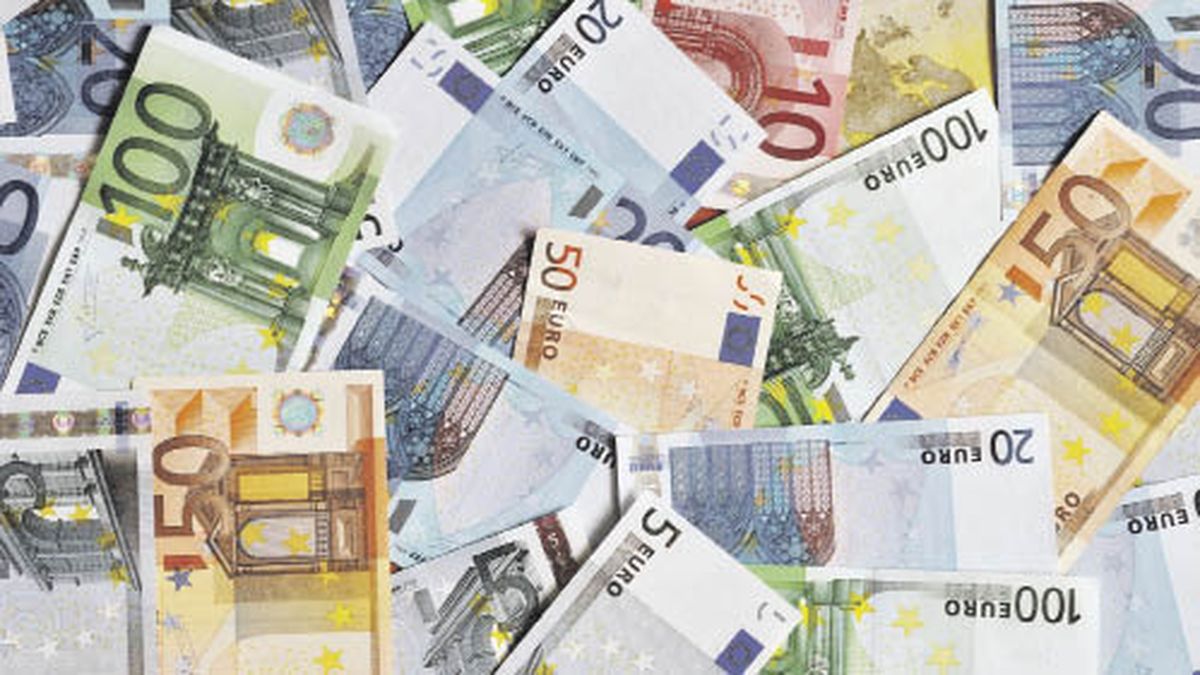Enough to argue that the Fed will want to stick to the planned roadmap on your point map. An itinerary which includes a quarter point cut this week and another in December. Gov. Chris Waller, who already wanted to cut rates in July, put the year-end cut in doubt unless inflation remains calm. And the rise in consumer prices eased in September.
Even more: if the “shutdown” continues, and exceeds the historical maximum of 35 days between 2018 and 2019, there will be no measurement in October since field information will not be collected. So this specific evidence also promises to be a more lasting and valuable reference than usual.
Monthly inflation fell to 0.3% from 0.4% in August. The core version went from 0.3% to 0.2%. And the same thing happened with the refined average of 16% of the extreme observations and the median inflation. All annualized records are above the 2% target. In that sense, the readings are not good.
At the Fed they see that, without the impact of tariffs, annual inflation is already in the 2% zone
But the improvement, generalized and uniform, cannot be disputed. With that credential it is enough and more than enough to lower rates, although interannual inflation in September has climbed to 3%. It is known that the FED is armed with patience. In its latest projections, inflation does not return to the 2% range before 2028. But rates, today at 4.25%, are decreasing steadily: to 3.75% in December; 3.5% in 2026 and 3.25% in 2027.
To the extent that long-term inflation expectations remain anchored around 2% and monetary policy preserves a slight restrictive bias (that is, as long as it maintains a nominal rate above the neutral rate of 3%), the central bank is confident of convergence to the target. The current rise in observed inflation, in his opinion, is essentially a one-time price increase due to the increase in tariffs.
In other words, a singularity that will fade when the final tax structure is established. Governor Waller, for example, estimates that excluding the impact of tariffs, inflation is already very close to the 2% mark. That the most recalcitrant component of the very high inflation left by the pandemic – the cost of housing services – declines month by month, meanwhile, wards off the risks of contagion.
That accommodation inflation reached 8.2% year-on-year in March 2023. In September, it measured 3.6%. Its monthly increase – 0.2% – was the lowest since January 2021. And the decline promises to continue, among other reasons, due to the strong reversal of the immigration flow and the consequent decompression of the rental market.
The Fed makes decisions with less information, due to the government shutdown
The partial closure of the Administration – the “shutdown” that continues – interrupted the official flow of indicators. The only exception, as stated, was inflation (because the information was needed to make the annual adjustment of social security benefits). The Fed is data dependent. And its absence is a problem. The weakness of the labor market – it is worth remembering that job creation has stalled since May – triggered the decision to resume lowering rates in September. But that month’s employment report was never released.
We had to resort to imperfect substitutes. A study of the private sector – the ADP report that does not take into account the evolution in the public sector – detected a destruction of 32,000 net jobs after a loss of 3,000 in August. What will have happened in October? It is ignored, although there are no signs of significant changes.
As the Fed manages risks, and that is the main danger on its radar, Wednesday’s rate cut is guaranteed. The poor visibility of the labor market, and the exceptional window that inflation obtained, both come together to justify the decision.
The ups and downs of the labor market are not known with certainty, but there is abundant evidence of an economy that is growing steadily. The so-called Blue Chip consensus of analysts estimates growth of 2.5% in the third quarter. The Atlanta Federal Reserve’s real-time forecast predicts 3.9%. And the PMI report from S&P Global, on Friday, also noted that activity (industrial and services) began the fourth quarter with great robustness. In particular, the creation of new businesses registered the highest level so far in 2025.
The question to be answered in December, presumably when the shutdown is history and extensive information is already available, will be whether the labor market still requires the explicit support of monetary policy.. Or whether, with such a healthy economy, it will not become redundant. This is what the hawks of the North American central bank suggest between the lines, without urgency. But a pigeon, like Waller, is already thinking about it too. Chicago futures, meanwhile, have the rate cut written down in indelible ink and with more than 90% probability. Having to delete it will be a headache.
Wall Street: between volatility, lower rates and quarterly balances
Wall Street reeled two weeks ago in the face of Trump’s threat to return to the savage trade war with China. He also acknowledged receipt of the incipient credit deterioration that appeared in the regional banks. Although a close inspection didn’t turn up much more than a couple of small cockroaches. The dizzying rally that arose after Jerome Powell anticipated the desire to resume lowering rates has already come to a sudden halt. This week the gold and precious metals fever overturned. Before it was the turn of cryptocurrencies. The stock market, on the other hand, suffered the bumps, but made its way upwards.
The Dow Jones hit a new pari passu high on Tuesday with the metals’ slide. And on Friday it repeated, closing above 47 thousand points for the first time. With the news of tame inflation under their belt, the S&P 500 and the Nasdaq were also encouraged to reach new heights. That the FED reduces rates, that the ten-year rate settles below 4%, are powerful stimulants. The same, the possibility that the FED announces the termination of the QT, the process that reduces the size of its credit sheet month by month.
If it extends, now that the system’s reserves have sunk below US$3 trillion and 10% of GDP, it could generate a short circuit of sudden illiquidity. These are factors that help, but still do not prevent the abrupt correction of metals and digital currencies. The equity bull market feeds on monetary relaxation, but it does not live off of it alone. With the arrogance of its balance sheets it makes a difference.
And we are in the middle of the season. It is the firmness of the economy that pulls the car the most. One more time. This is how the bull run was born three years ago, in October 2022, when the recession dominated all forecasts, and the FED raised rates in large strides. The economy then displayed its resilience, and it did so against all odds. It turned out, in the end, to be the tenacious force that determined the course.
Source: Ambito
I am a 24-year-old writer and journalist who has been working in the news industry for the past two years. I write primarily about market news, so if you’re looking for insights into what’s going on in the stock market or economic indicators, you’ve come to the right place. I also dabble in writing articles on lifestyle trends and pop culture news.




